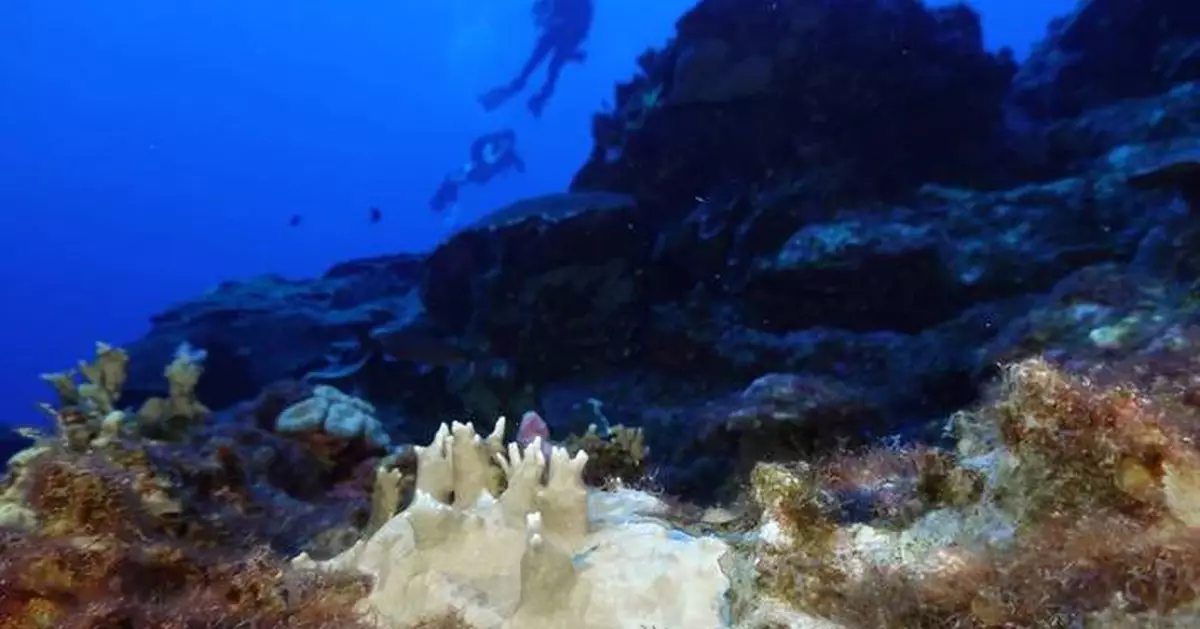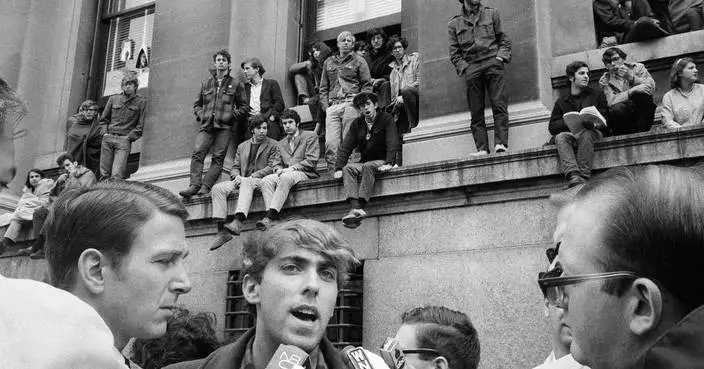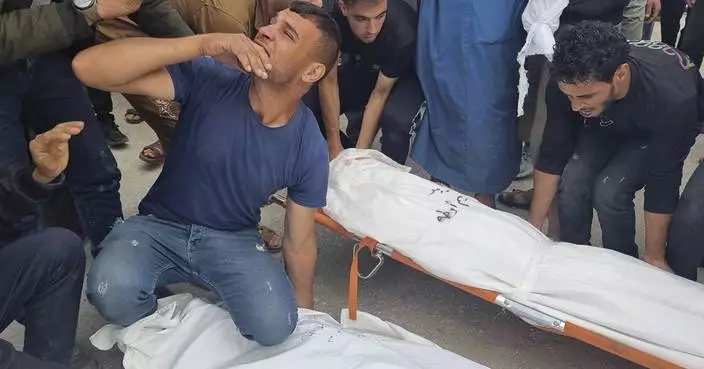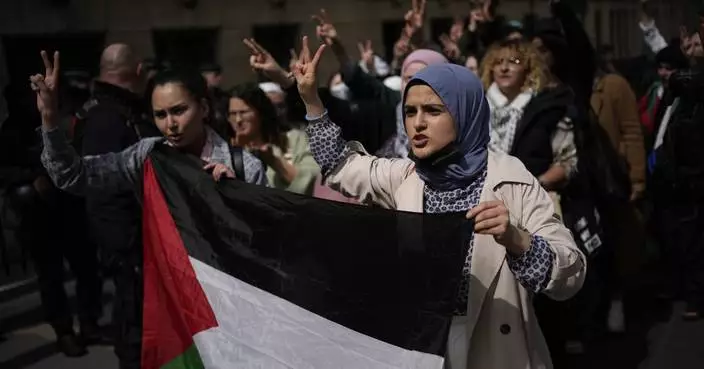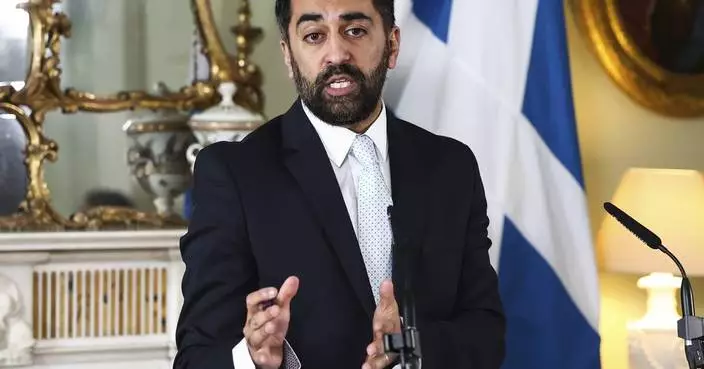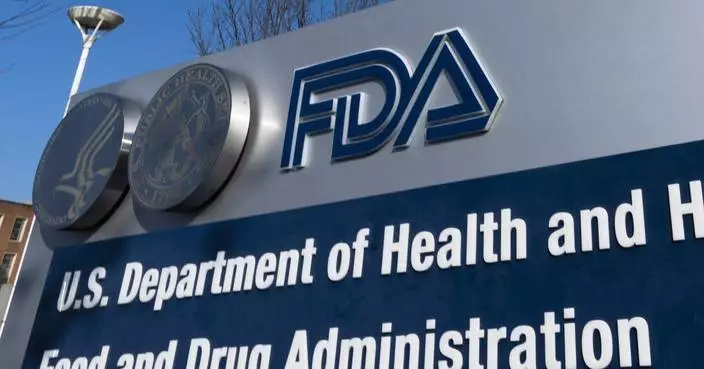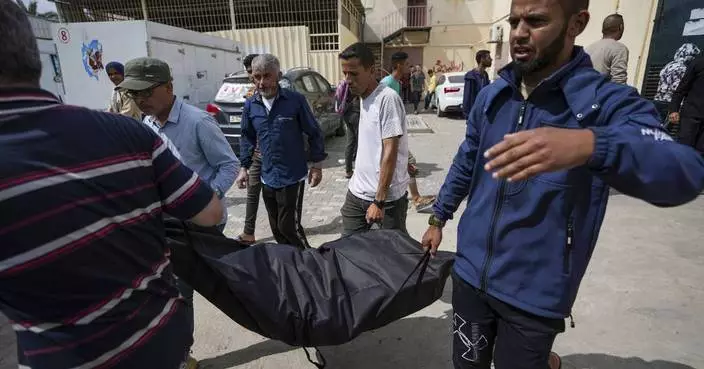ATHENS, Greece (AP) — The world is not doing enough to protect coral reefs, the United Nations’ special envoy for the ocean said Tuesday in defense of the marine ecosystems that protect biodiversity, sustain underwater life and produce some of the oxygen we breathe.
In an interview with The Associated Press on the sidelines of an international ocean conference in Greece, Peter Thomson suggested that all significant coral reefs should be included in marine protected areas under what is known as the “30x30” initiative — a plan to designate 30% of the world’s land and ocean areas as protected areas by 2030.
Top reef scientists on Monday announced that coral reefs are experiencing global bleaching for the fourth time — and the second time in just 10 years – as a result of warming oceans amid human-caused climate change.
Bleaching occurs when stressed coral, which are invertebrates, expel the algae that provide their food and give them their vibrant colors. Although the coral can recover, severe and prolonged bleaching can kill it.
Scientists from the National Oceanic and Atmospheric Administration and International Coral Reef Initiative said on Monday that coral bleaching across at least 53 countries, territories or local economies has been confirmed since February 2023.
Although much is being done to protect coral reefs around the world, the prime cause driving events such as global bleaching is the burning of fossil fuels, which leads to greenhouse gas emissions and warming oceans, Thomson said.
“Is enough being done? The answer is definitely not," he said. "And the ‘done’ factor is the transition away from burning fossil fuels.”
Thomson said he believes some more resilient coral will survive, and noted efforts to preserve coral in facilities such as aquariums. But “are we faced with a colossal ecosystem tragedy? Yes, definitely. And we can’t escape that,” he said. “The fourth mass bleaching is just … a harbinger of what’s coming.”
Sometimes described as underwater rain forests, coral reefs support a quarter of marine species and form crucial barriers that protect coastlines from the full force of storms. They also provide billions of dollars in revenue from tourism, fishing and other commerce.
Thomson said that including significant reefs in the “30x30” initiative would be a feasible way of increasing their protection. Extending them the safeguards afforded to marine protected areas would be “very valuable for the preservation of the reefs,” he said.
“You can’t have a healthy planet without a healthy ocean. And the ocean’s health is currently measurably in decline,” Thomson said.
Thomson, an ambassador from Fiji who was appointed as the U.N. secretary-general’s special envoy for the ocean in 2017, vowed to continue the fight.
“You can’t condemn your grandchildren to a world with no coral, to a world on fire,” he said. “That’s not the world we’re going to give our grandchildren.”
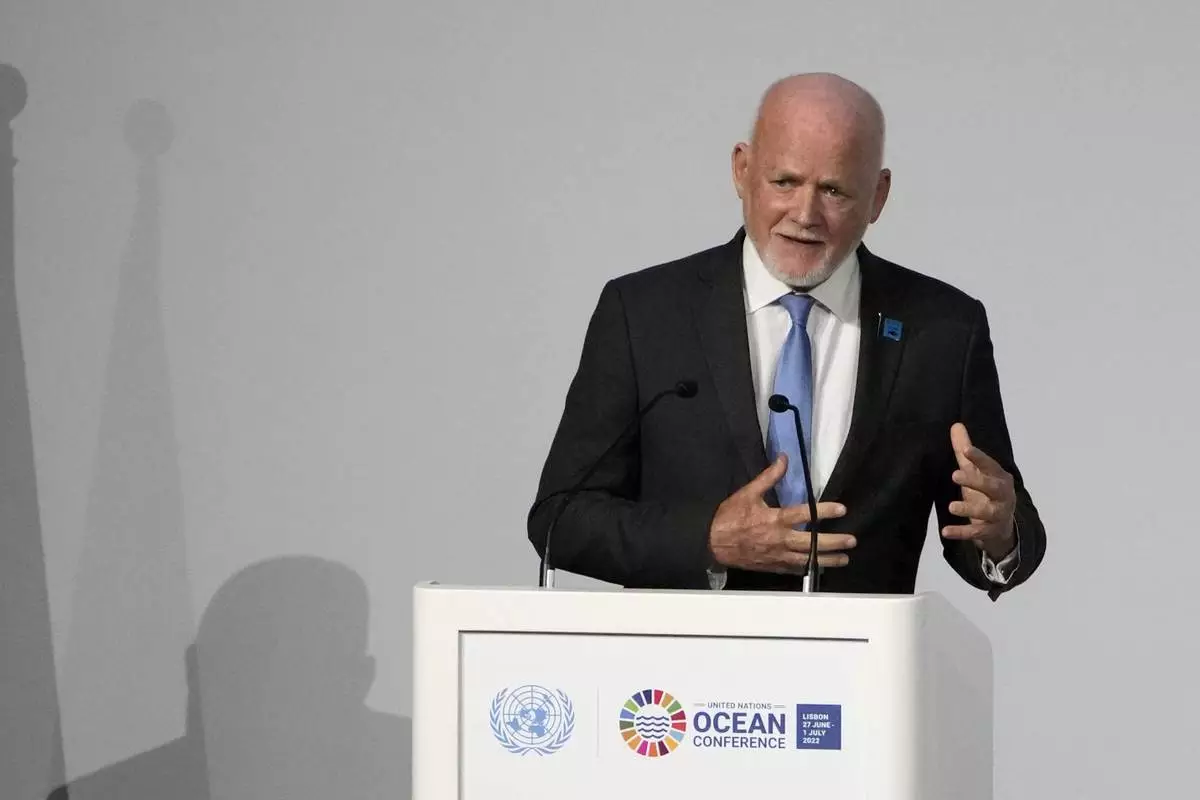
FILE - Peter Thomson, United Nations' Special Envoy for the Ocean, addresses the United Nations Ocean Conference in Lisbon, July 1, 2022. The world is not doing enough to protect coral reefs — vital marine ecosystems that protect biodiversity, produce some of the oxygen we breathe, slow erosion and sustain underwater life — the United Nations’ special envoy for the ocean said Tuesday, April 16, 2024. (AP Photo/Armando Franca, File)
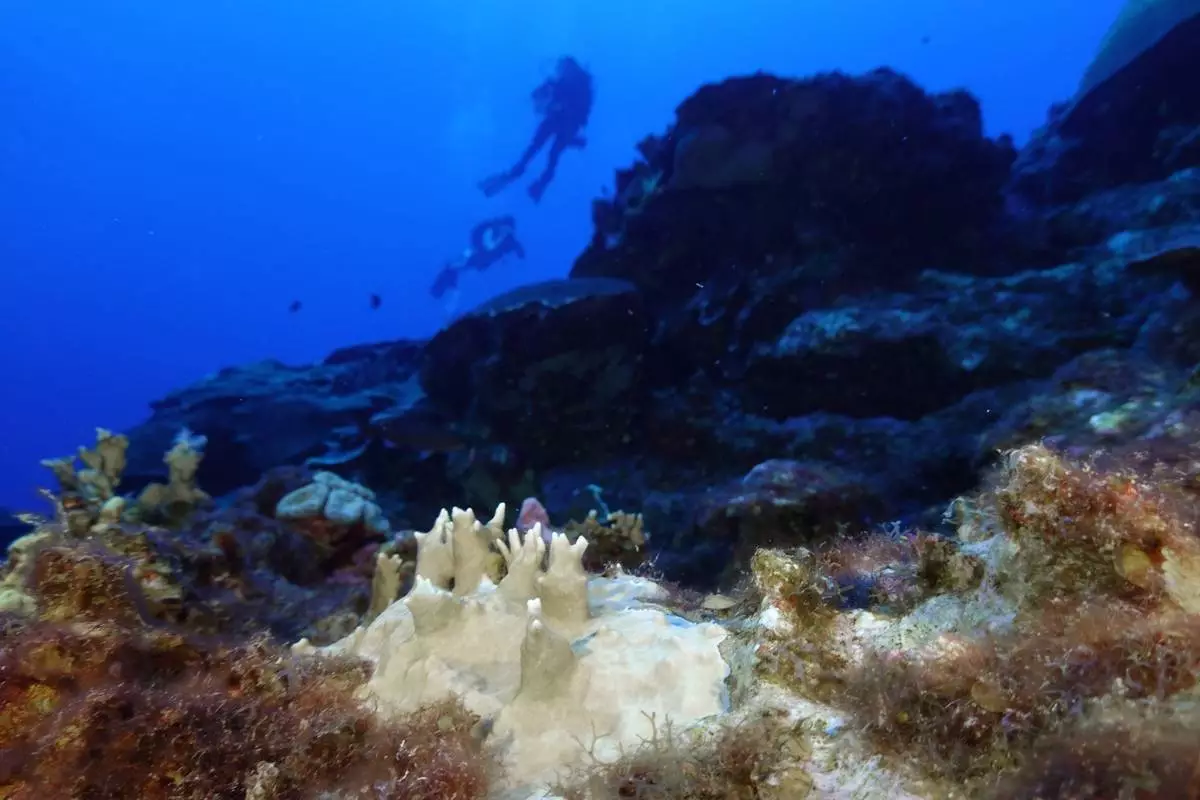
FILE - Bleached coral is visible at the Flower Garden Banks National Marine Sanctuary, off the coast of Galveston, Texas, in the Gulf of Mexico, Sept. 16, 2023. The world is not doing enough to protect coral reefs — vital marine ecosystems that protect biodiversity, produce some of the oxygen we breathe, slow erosion and sustain underwater life — the United Nations’ special envoy for the ocean said Tuesday, April 16, 2024. (AP Photo/LM Otero, File)
KYIV, Ukraine (AP) — NATO countries haven’t delivered what they promised to Ukraine in time, the alliance’s chief said Monday, allowing Russia to press its advantage while Kyiv’s depleted forces wait for military supplies to arrive from the U.S. and Europe.
"Serious delays in support have meant serious consequences on the battlefield” for Ukraine, NATO Secretary-General Jens Stoltenberg told a news conference in Kyiv with President Volodymyr Zelenskyy.
Outgunned, Ukraine’s troops have struggled to fend off Russian advances on the battlefield. They were recently compelled to make a tactical retreat from three villages in the east, where the Kremlin's forces have been making incremental gains, Ukraine's army chief said Sunday. The Russian Defense Ministry claimed Monday its forces had also taken the village of Semenivka.
“The lack of ammunition has allowed the Russians to push forward along the front line. Lack of air defense has made it possible for more Russian missiles to hit their targets, and the lack of deep strike capabilities has made it possible for the Russians to concentrate more forces,” Stoltenberg said.
Kyiv’s Western partners have repeatedly vowed to stand with Ukraine “for as long as it takes.” But vital U.S. military help was held up for six months by political differences in Washington, and Europe’s military hardware production has not kept up with demand. Ukraine’s own manufacturing of heavy weapons is only now starting to gain traction.
Now, Ukraine and its Western partners are racing to deploy critical new military aid that can help check the slow and costly but steady Russian advance across eastern areas, as well as thwart drone and missile attacks.
Zelenskyy said new Western supplies have started arriving, but slowly. "This process must be speeded up,” he said at the news conference with Stoltenberg.
Though the 1,000-kilometer (600-mile) front line has shifted little since early in the war, the Kremlin’s forces in recent weeks have edged forward, especially in the Donetsk region, with sheer numbers and massive firepower used to bludgeon defensive positions.
Russia also continues to launch missiles, drones and bombs at cities across Ukraine. Two people were killed and eight injured in a Russian missile strike on residential buildings and “civil infrastructure” in the Ukrainian port city of Odesa on Monday, regional governor Oleh Kiper said on the Telegram messaging site.
Russia is a far bigger country than Ukraine, with greater resources. It has also received weapons support from Iran and North Korea, the U.S. government says.
Drawn-out Ukrainian efforts to mobilize more troops, and the belated building of battlefield fortifications, are other factors undermining Ukraine’s war effort, military analysts say.
Nick Reynolds, a research fellow for land warfare at the London-based Royal United Services Institute, said the war “is still largely an artillery duel.”
He said he did not expect to see major movement of the front lines in the near term, but that “the conditions are being set for which side has military advantage at the front line. The Russian military is in a better position at the moment.
“When we see one side or the other being in a position to move the front line, at some stage, maneuver will be restored to the battlefield. Not in the next few weeks, maybe not even in the next few months. But it will happen,” he told The Associated Press.
Pentagon spokesperson Sabrina Singh, at a briefing with reporters Monday, also acknowledged Russia’s recent battlefield gains, noting that a delay in congressional approval for additional spending “set the Ukrainians back.”
NATO chief Stoltenberg, however, said more weapons and ammunition for Ukraine are on the way, including Patriot missile systems to defend against heavy Russian barrages that smash into the power grid and urban areas.
Ukrainian officials say Russia is assembling forces for a major summer offensive, even if its troops are making only incremental gains at the moment.
“Russian forces remain unlikely to achieve a deeper operationally significant penetration in the area in the near term,” the Institute for the Study of War said in an assessment Sunday.
Even so, the Kremlin’s forces are closing in on the strategically important hilltop town of Chasiv Yar, whose capture would be an important step forward into the Donetsk region.
Donetsk and Luhansk form much of the industrial Donbas region, which has been gripped by separatist fighting since 2014, and which Putin has set as a primary objective of the Russian invasion. Russia illegally annexed areas of Donetsk, Kherson, Luhansk, and Zaporizhzhia regions in September 2022.
Associated Press writer Tara Copp in Washington contributed reporting.
Follow AP’s coverage of the war in Ukraine at https://apnews.com/hub/russia-ukraine

Ukrainian President Volodymyr Zelenskyy, right, welcomes NATO Secretary General Jens Stoltenberg during their meeting in Kyiv, Ukraine, Monday, April 29, 2024. (Ukrainian Presidential Press Office via AP)

Ukrainian President Volodymyr Zelenskyy, left, welcomes NATO Secretary General Jens Stoltenberg during their meeting in Kyiv, Ukraine, Monday, April 29, 2024. (Ukrainian Presidential Press Office via AP)

Ukrainian President Volodymyr Zelenskyy, center right, talks with NATO Secretary General Jens Stoltenberg, centre left, during their meeting in Kyiv Ukraine, Monday, April 29, 2024. (Ukrainian Presidential Press Office via AP)
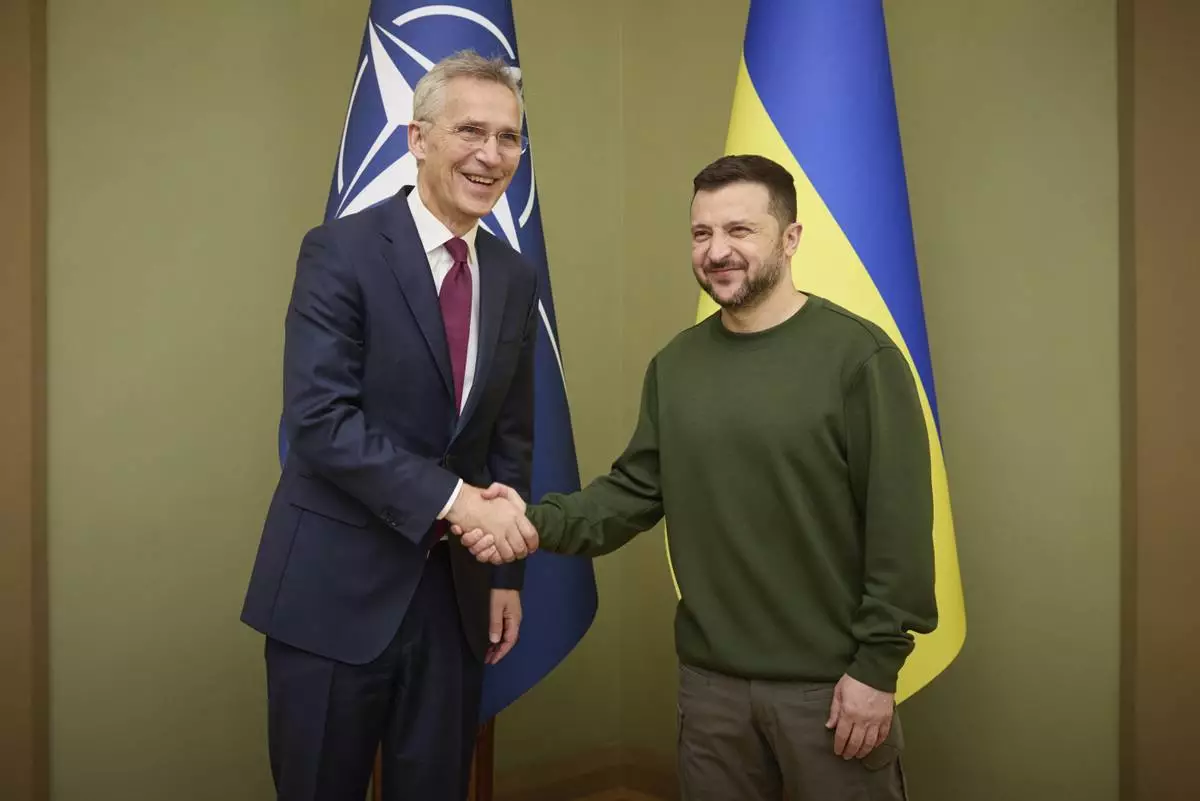
Ukrainian President Volodymyr Zelenskyy, right, welcomes NATO Secretary General Jens Stoltenberg during their meeting in Kyiv, Ukraine, Monday, April 29, 2024. (Ukrainian Presidential Press Office via AP)

Two women walk along a street in downtown Kyiv, Ukraine, Sunday, April 28, 2024. (AP Photo/Francisco Seco)

A woman sells toys in front of a building with windows protected by sandbags in Kyiv, Ukraine, Sunday, April 28, 2024. (AP Photo/Francisco Seco)
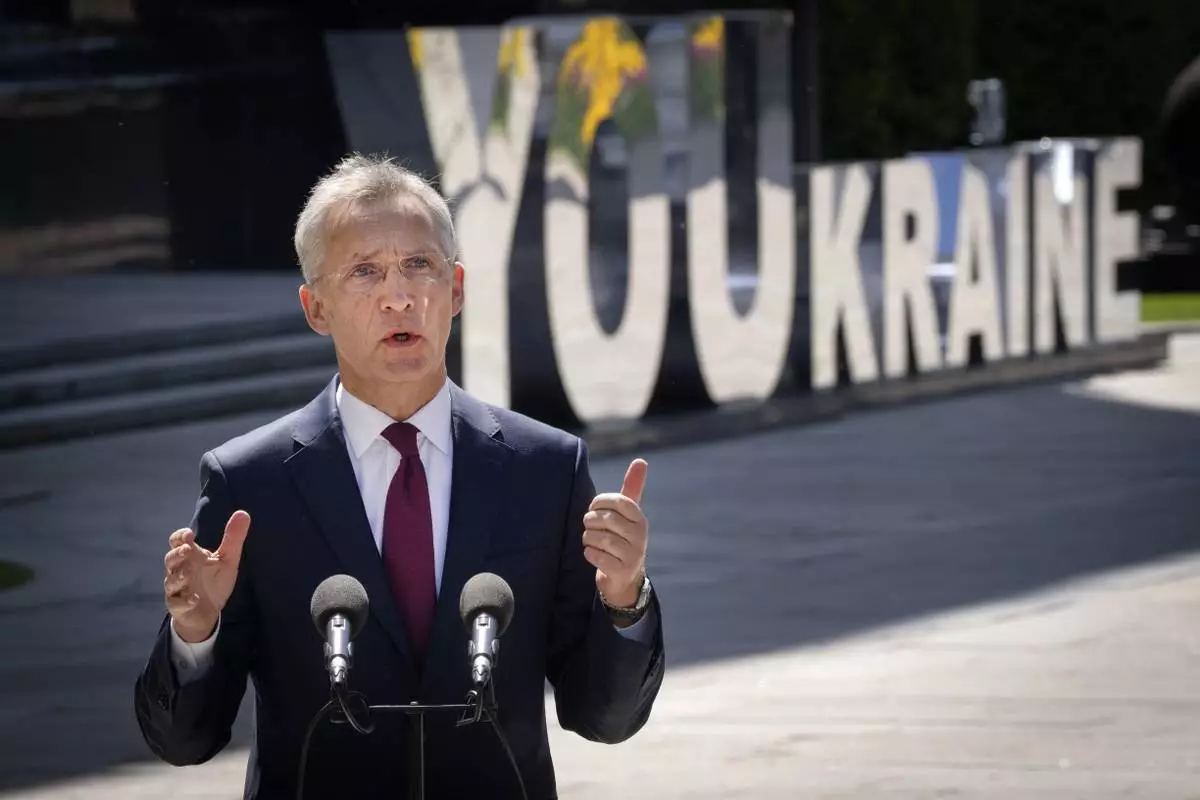
NATO Secretary General Jens Stoltenberg talks during his joint press conference with Ukrainian President Volodymyr Zelenskyy in Kyiv, Ukraine, Monday, April 29, 2024. (AP Photo/Efrem Lukatsky)

Ukrainian President Volodymyr Zelenskyy, right, welcomes NATO Secretary General Jens Stoltenberg during their meeting in Kyiv, Ukraine, Monday, April 29, 2024. (AP Photo/Efrem Lukatsky)

Ukrainian President Volodymyr Zelenskyy, right, talks with NATO Secretary General Jens Stoltenberg during their meeting in Kyiv Ukraine, Monday, April 29, 2024. (Ukrainian Presidential Press Office via AP)
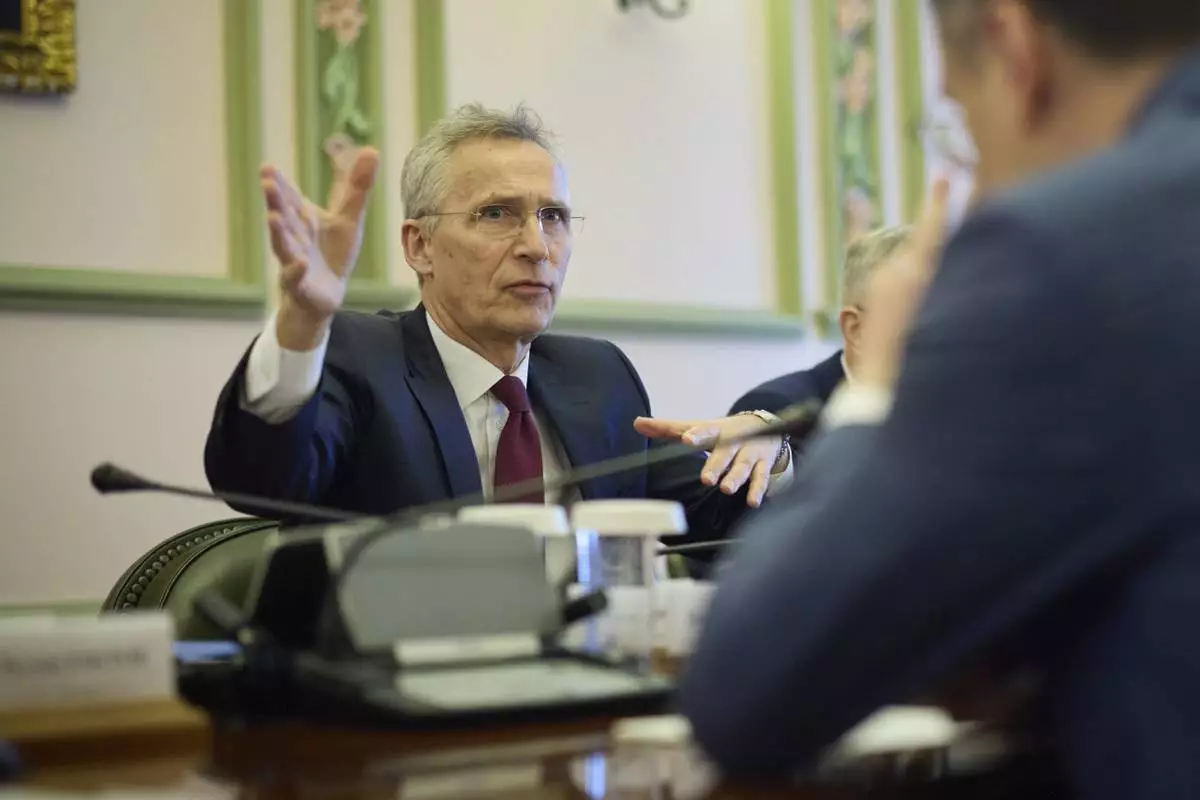
NATO Secretary General Jens Stoltenberg talks during his meeting with Ukrainian President Volodymyr Zelenskyy in Kyiv Ukraine, Monday, April 29, 2024. (Ukrainian Presidential Press Office via AP)

Ukrainian President Volodymyr Zelenskyy, left, welcomes NATO Secretary General Jens Stoltenberg walk before their press conference in Kyiv Ukraine, Monday, April 29, 2024. (AP Photo/Efrem Lukatsky)




